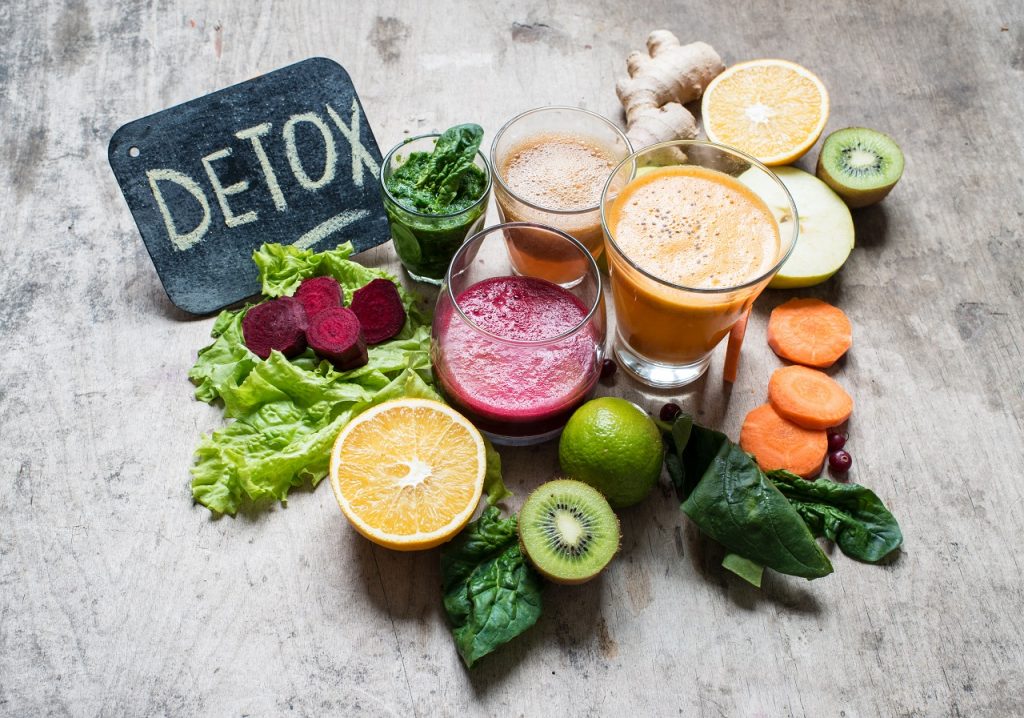 I’ve always wondered what a raw detox diet is and how does one eat raw vegetables. Then, I found that a raw food detox diet is the dietary practice of eating only uncooked, unprocessed, and often organic foods. It can include raw fruits, vegetables, nuts, seeds, sprouts, organic milk and organic milk yogurt. In India, most may not be comfortable with a long-term raw diet. However, including raw food in your diet as often as you can, definitely helps in detoxifying the system.
I’ve always wondered what a raw detox diet is and how does one eat raw vegetables. Then, I found that a raw food detox diet is the dietary practice of eating only uncooked, unprocessed, and often organic foods. It can include raw fruits, vegetables, nuts, seeds, sprouts, organic milk and organic milk yogurt. In India, most may not be comfortable with a long-term raw diet. However, including raw food in your diet as often as you can, definitely helps in detoxifying the system.
What is Detoxification?
It’s a way to recharge, rejuvenate, and renew your body. Detoxification can help you jump-start your body for a more active and healthier life. In our body, there is an ongoing process to remove the toxins which have been formed by the food we eat and also through the environment we are exposed to. Our body system is naturally designed to transform the toxins and excrete them out of the body. In order for this to happen naturally, our body should get a break from the regular exposure to processed foods, heavy diets, and environmental pollution.
Raw food is low in calories but contain good amounts of nutrients like vitamins, minerals and antioxidants. It also has high fiber content which eliminates toxins by managing bowel movement. The unhealthy diet has been the leading cause of headaches, fatigue, lack of concentration, feeling bloated, indigestion, bad breath, etc.
Including a raw diet will surely make you feel more fresh and energetic.
Remember to drink plenty of water when you are on a raw diet. It is the best detox food that you can have. Raw diet helps maintain your weight as well, it also saves your cooking time.
What Does a Raw Detox Diet Include?
- Sprouts Salad: Sprouts provide good nutritious value and are easily digestible. They increase the vitamin and mineral content of the grain and decrease the carbohydrate and calorie content. Basically, any whole legume or grains can be sprouted. Some sprouts have a change in flavor after sprouting.
- Avocado Salad: Avocado is a complete food with lots of nutrients. It is a very versatile fruit as it takes on both, sweet and savory taste, perfectly. It’s got a buttery texture and hence, can be used as a healthy substitute for butter with bread. This salad is very refreshing as an evening snack or as a side with roti. For those people under diet, this makes for a wonderful meal by itself.
- Beetroot Pomegranate Juice: Pomegranates and beetroots, both contain good amounts of antioxidants and nutrients and are also rich in Vitamin C. This colorful root vegetable contains powerful nutrient compounds that help protect against heart disease, birth defects, and certain cancers, especially colon cancer. Beetroot is well known for its blood purifying properties. Due to the rich iron content, it is said to be an indispensable cure for anemia.
- Tricolour Fruit Salad (Orange/ Papaya + Kiwi/ Dragon Fruit/ Berries/Tomato’s + Cucumber/Litchi/ Honeydew): These fruits and vegetables are rich in fiber and loaded with vitamins, minerals and water. It will help you to feel fresh and prevent any deficiencies of the same.
- Cranberry Curds Salad: The possible health benefits of consuming cranberries include lowered risk of urinary tract infections, prevention of certain types of cancer, improved immune function, and decreased blood pressure.
- Tender Coconut Smoothie: Tender coconut water is a natural, nutrient-rich isotonic drink. It is high in electrolytes, chlorides, potassium, and magnesium and has a moderate amount of sugar, sodium and protein. It’s also a good source of dietary fiber, manganese, calcium, riboflavin and vitamin C.
- Cucumber Juice: Cucumbers contain multiple B vitamins, including vitamin B1, vitamin B5, and vitamin B7 (biotin). B vitamins are known to help ease feelings of anxiety and buffer some of the damaging effects of stress. Cucumbers are rich in two of the most basic elements needed for healthy digestion: water and fiber
- Fresh Tomato Salads: As an excellent source of the strong antioxidant called Lycopene, Vitamin C, and other antioxidants, tomatoes can help combat the formation of free radicals known to cause cancer.
- Fresh Fig Salads: Figs are high in natural sugars, minerals, and soluble fiber. They are rich in minerals including potassium, calcium, magnesium, iron and copper and are a good source of antioxidant Vitamins A, E and K that contribute to health and wellness.
If you have never tried a raw food detox diet, now is the time. Give it a go and do let us know how it helps you! Before you begin any diet plan or try any of the above, do check with your doctor, nutritionist or dietitian in case you have any allergies. For more tips, guidance and queries on nutrition, speak to a certified expert by subscribing to GOQii’s Personalised Health Coaching here.
#BeTheForce!
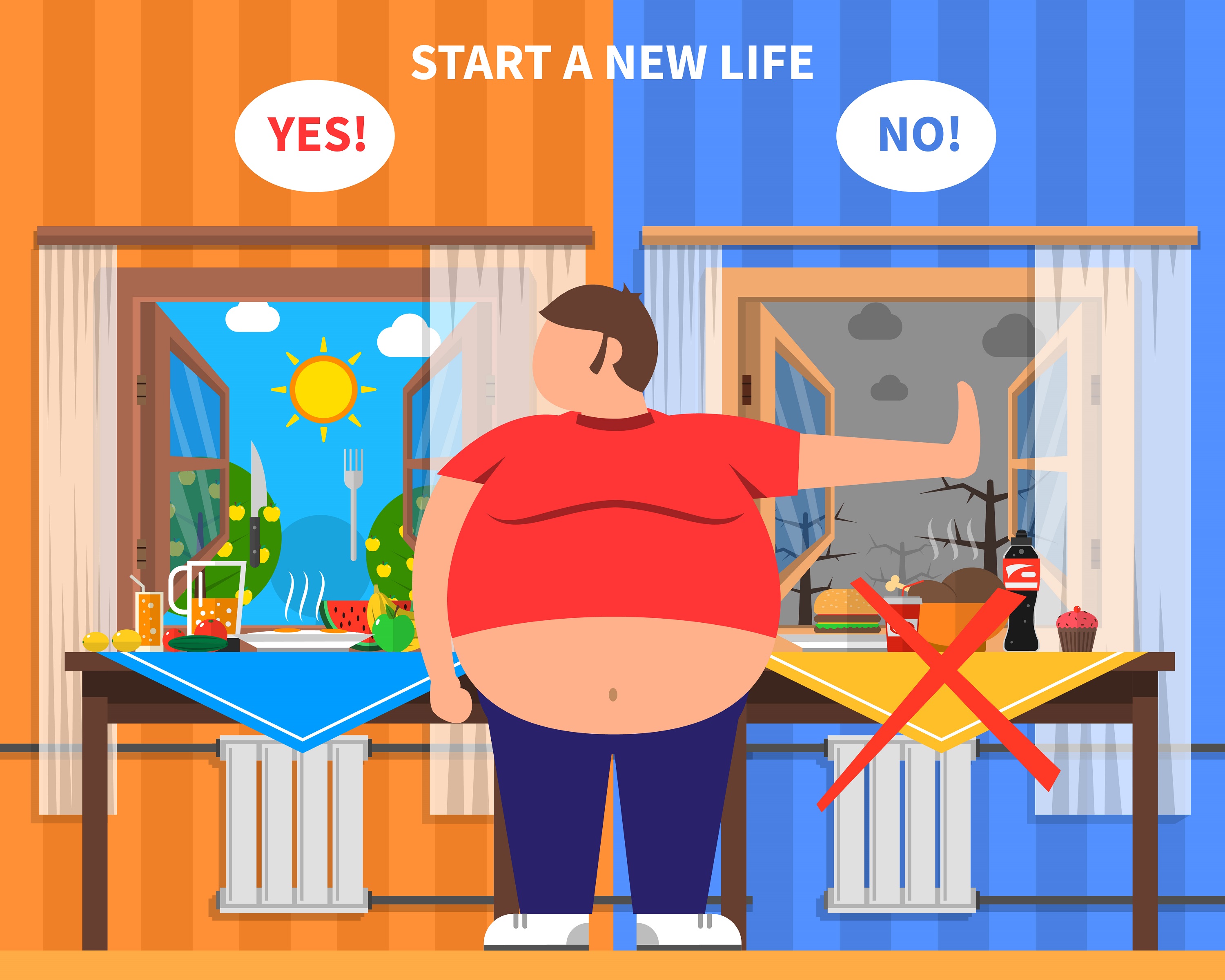 Belly fat! A large section of people in this world are obsessed with their body and more so belly fat. They might be pushing themselves with exercise or following a particular diet plan but are still unable to rid themselves of it. The reasons behind not being able to burn belly fat may be excessive use of sugar and fats. This in turn results in weight gain through
Belly fat! A large section of people in this world are obsessed with their body and more so belly fat. They might be pushing themselves with exercise or following a particular diet plan but are still unable to rid themselves of it. The reasons behind not being able to burn belly fat may be excessive use of sugar and fats. This in turn results in weight gain through 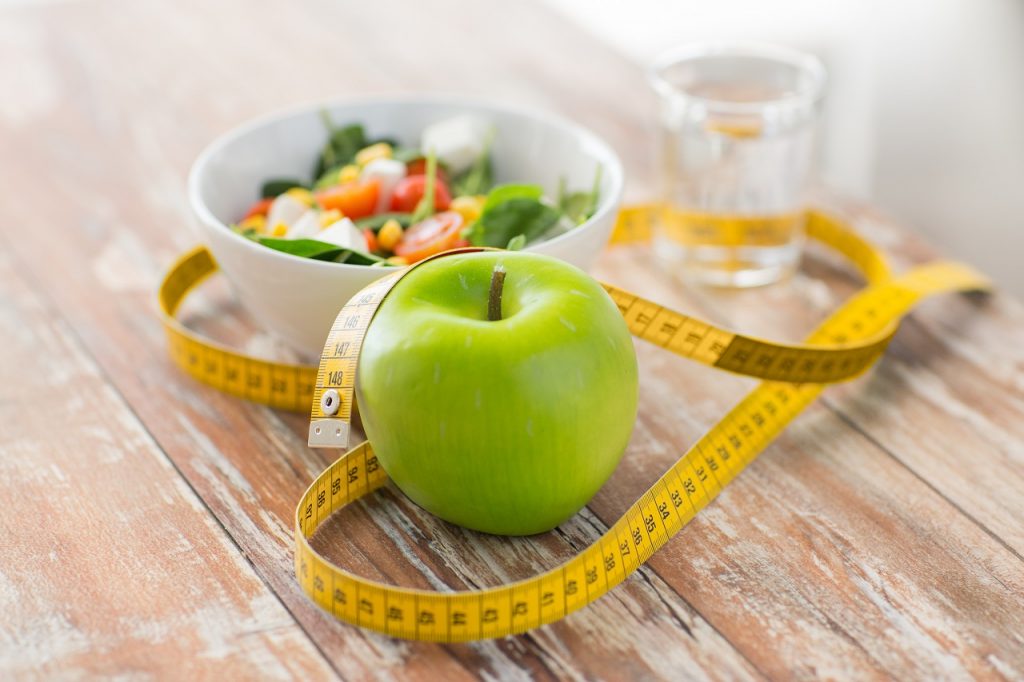 Do you know the long kept “Secret of Diet”? Have you heard about it? In this article I would like to share it with you. It is a mantra to facilitate weight loss, regulate diabetes, hypertension and many such diseases taking good care of your immune system as well as vital organs. I am sure you must be familiar with these idioms i.e
Do you know the long kept “Secret of Diet”? Have you heard about it? In this article I would like to share it with you. It is a mantra to facilitate weight loss, regulate diabetes, hypertension and many such diseases taking good care of your immune system as well as vital organs. I am sure you must be familiar with these idioms i.e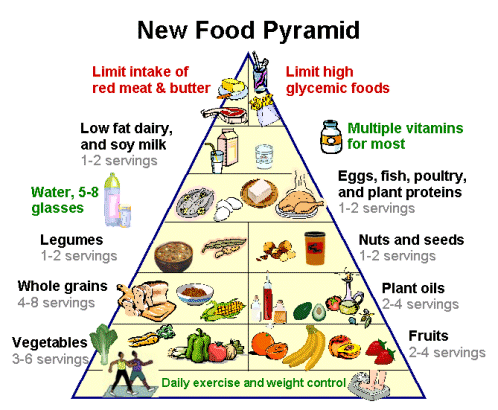
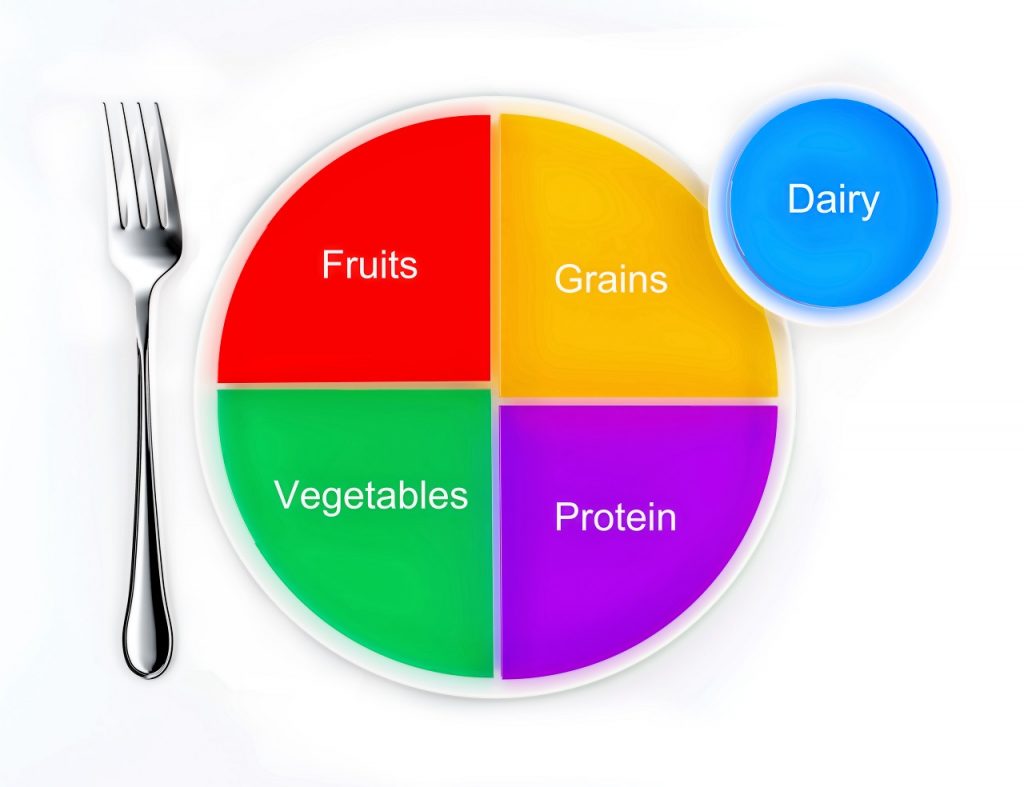
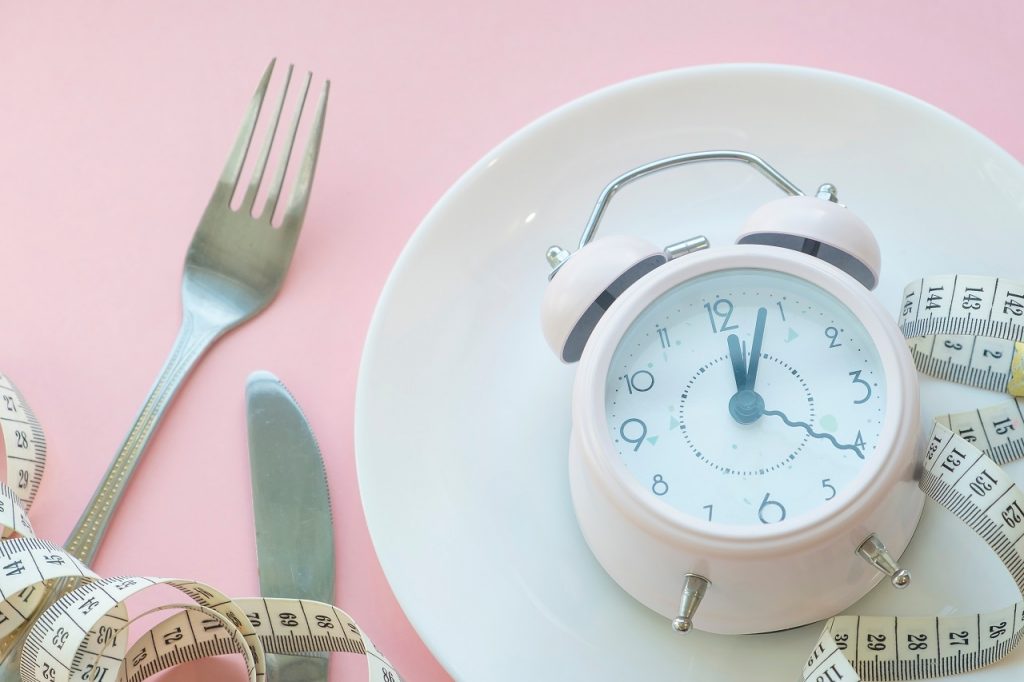 It’s true that you can summit any mountain given you have the fortitude, mental strength and willpower. But more often than not, we come across weight loss struggles that no treadmill or fad diet in the world can solve. While you hack and plough your way through every routine your trainer throws at you with little or no results, your ideal weight seems that much farther from you. If you can’t lose weight, the answer doesn’t lie in pushing yourself to extremes. The answer, in fact, is quite simple. Two words: Intermittent Fasting!
It’s true that you can summit any mountain given you have the fortitude, mental strength and willpower. But more often than not, we come across weight loss struggles that no treadmill or fad diet in the world can solve. While you hack and plough your way through every routine your trainer throws at you with little or no results, your ideal weight seems that much farther from you. If you can’t lose weight, the answer doesn’t lie in pushing yourself to extremes. The answer, in fact, is quite simple. Two words: Intermittent Fasting!


